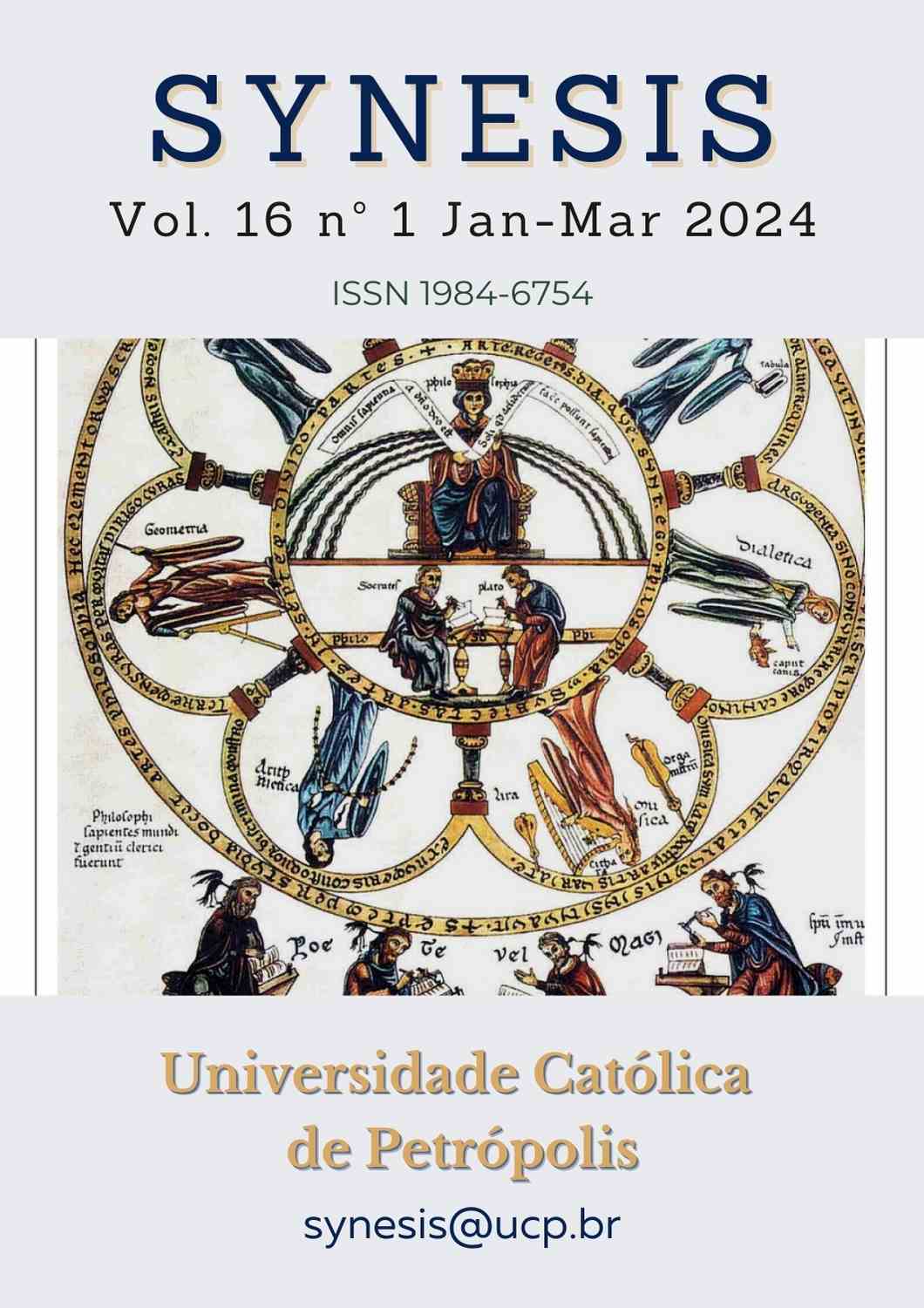Abstract
This article explores the historical foundations of the idea of a single deity in Zoroastrianism. As noted in the article, the idea of creation and patronage in Zoroastrianism remains one of the most difficult issues of avestalogy. Zoroaster was one of the first to introduce the First Cause, which created existence based on the important potential of human thought and mental possibility, into the realm of the practice of faith in a way that can be perceived through abstract symbols and spirit. First, in the history of religions, it is necessary to separate the function of creation from primitive views, from totemism, and connect the idea of creation with an abstract divine nature. The article contains scientific opinions on the need to comprehend the creative function of Ahura Mazda as a sovereign and unified creative entity. Also, "Gohs", included in the nask "Yasna", the creative work of the Avesta, revealed that in the Zoroastrian period a serious choice was made regarding primitive polytheism and mythical images. It is analyzed that the supreme god of Zoroastrianism Mazda comes in the connection with the meaning Ahura - "high honor, greatness, lord", which is an expression of his quality, incomparable greatness. Ahura Mazda and his angels proceed from the fact that divine concepts such as Good Intention, Perfect Mind, and Good Possession of the Universe are the founders of a single spiritual unity. It has been scientifically proven that their functions are directly aimed at ensuring the will of Ahura Mazda and the stability of good. On the basis of scientific analysis, it is proved that the Avesta initially described the world only as a combination of virtues and balance, and the founder of the Zoroastrian religion introduced into practice purely spiritual and spiritual factors, and through them the idea of being "controlled" by abstract forces.
References
Alimova, M., Abdullaeva, M., Tungatova, U., Karimova, D., Alidjanova, L., & Turambetov, N. (2023). Influence of Religious Myth on National and Political Formation across Cultures. Cuestiones Políticas, 41(77).
Asmussen j. iden und begriffe der agrarischen Sphare und ihte bedeutung in der verkundigung Zarathustras.AOF, VII. 1980.
Avesta. Tarixiy - adabiy yodgorlik (in Uzbek). / Trans. by A. Mahkam. (2001). Tashkent, Shark.
Avesta: Book of Videvdot. (2007). Trans: M. Iskhoqov (in Uzbek). Tashkent, TDSHI publishing - printing department.
Avesta: Yasht kitobi (in Uzbek) Book of Yasht/Trans: М.Ishakov . (2001). – Тashkent, Shark.
Drezden, M. (1994). Mifologiya drevnego mira. Razdel Iranskaya mifologiya (in Russian).
Edwards E. Sacrifice (Iranian). – ERE., XI,1920.
Gafurova, I.M. (2020). The Samanids mausoleum as a monument of dynastic architecture of the early middle ages. ISJ Theoretical & Applied Science, 01 (81), 329-334.
Gafurova, Irodaxon (2020) "ROLE OF WAQF PROPERTIES IN THE HISTORY OF TURKESTAN," The Light of Islam: Vol. 2020: Iss. 3, Article 7.
Iskhoqov, M. (2006). From the history of our ancient statehood. // Educational problems, - No. 1. - B. 18-19.
Iskhoqov, M. (2006). Spiritual foundations of our history of statehood. // Educational problems, - No. 1.
Iskhoqov, M. (2021) Avesta: Zardusht Gohlari (interpretations of meaning and hermeneutic interpretations). – Tashkent, 2021
Juraev, N.(2001). Necessity of Avesta. Avesta is a monument of historical literature.Trans: A. Mahkam. – T.: Shark.
Karimova, D., Baitenova, N., Alimova, M., Abdullaeva, M., Ernazarov, O., & Alidjanova, L. (2022). The concept of" Child" and its historical and legal description. Cuestiones Políticas, 40(74).
Karomatov H. (2008). History of modern beliefs in Uzbekistan. Tashkent, JIDU.
Kellens J. (1975). Mythes et conceptions avestiques sous les Sassanides. – MNSN., I.
Lelekov L.A. (1980). Review of the book by M.A. Dandameeva, V.G. Lukonina "Kultura i ekonomika Drevnogo Irana". Moscow.
Masson V.M., Sarianidi V.I. (1982). Terracotta statuettes of Turkmenistan. Moscow.
Meshkeris V. (1964). Terracotta statuettes to the Samarkand Museum. Dushanbe.
Mifologicheskiy slovar (in Russian). (1990). Moscow.
Nosirova Miss, A. R. (2020). Mechanisms of prevention of religious xenophobia and islamophobia. The Light of Islam.
People of Asia and Africa. (1981). Moscow.
Pisani, V. (1948). Aspetti della religione presso gli antichi Indeuropei. Acme I.
Prabhaananda Swami. Gaty Zaratustry. (2004). V kn.: Svyashchennye pisaniya Vostoka. Kratkiy putevoditel (in Russian). Moscow, printing house Sofia.
R.T. Urazova, L.U.Qushmanova. (2009). Zardushtilik ilohiyot tiklanish bosqichlarida Kayoniylar masalasi (The issue of Kayanis in the revival stages of Zoroastrian theology)// Kazaktanu (Kazakhstanu). - Chimkent, No.1 (18).
R.T. Urazova. (2009) Ashi va Ardvi Sura alqovlarining qiyosiy tahliliga doir. // Sharqshunoslik, - № 1-2.
R.T. Urazova. Ameshaspentals und ihre funktionsanalyse in Avesta Asha-Vahishta und Vahu-Mana. Berlin Studies Transnational Journal of Science and Humanities.Vol.2 Issue 1.7. Berlin, 2022. – P. 37-46.
R.T. Urazova. Zoroastrianism. Monograph, 2022. – P. 160.
Ra'no, T. U. (2017). Religious and social thoughts of the people of ancient india, central asia and iran. Himalayan and Central Asian Studies, 21(1), 61.
Rustamovna, N. A. (2022). Religious xenophobia and extremism threats of the xxi century. Intellectual education technological solutions and innovative digital tools, 1(12).
Urazova R.T. (2014). K voprosu ob interpretatsii "Stolknovenia" v Aveste dvukh Dukhov-Bleznetsov. Modern phloxohic paradigms: interrelation of traditions and innovative approaches. Materials of the international scientific conference. Prague.
Urazova, R. (2011) “Avesto”da yovuzlikning universal qiyofasi. (in Uzbek). Tashkent, TIU Ilmiy tahliliy axboroti.
Urazova, R. T. Scientific Analysis of Wicked Expressions in The Avesta. Turkish Online Journal of Qualitative Inquiry (TOJQI) Volume 6, July 2021: 6666 - 6671.
Urazova, R., Sayfullaev, M. (2020). Description Of Divine Images in The Mythology of Avesta. In International Scientific and Current Research Conferences.
Yusupova, N. (2018). SPECIFIC FEATURES OF FAMILY RELATIONS IN ISLAMIC LAW//The article was written for the bulletin “Russia and the Moslem World.”. Russia and the Moslem world, (3 (301)).
Yusupova, N. J. (2018). THE ROLE OF THE FAMILY IN THE SPIRITUAL EDUCATION OF MODERN YOUTH.
Zachner R.C. (1961). The dawn ahd twilight of Zaroastrianizm. New York.

This work is licensed under a Creative Commons Attribution-NonCommercial-NoDerivatives 4.0 International License.
Copyright (c) 2023 Synesis (ISSN 1984-6754)

